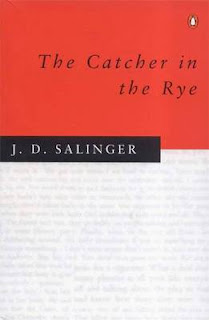The Age of Wonder - Richard Holmes

The Age of Wonder tells the story of the Romantic era of science, which Richard Holmes defines as beginning with Joseph Banks' voyage aboard the Endeavour in 1769 and lasting until Charles Darwin's voyage on the Beagle in 1831. Romanticism is conventionally seen in opposition to the rational view of the world espoused by science, but Holmes describes how many leading scientists of the age shared the same spirit.
Each chapter concentrates on a different person or group, starting off with Banks' work as a botanist and hands-on anthropologist among the indigenous people of Tahiti. He was the talk of the town on his return and quickly ascended to the position of President of the Royal Society, where he had a talent for encouraging other intrepid schemers. The following chapters tell the story of William and Caroline Herschel, the brother-and-sister astronomy team, the craze for ballooning in France and Britain (which Banks was distinctly more sceptical about), and the ill-fated explorer Mungo Park.
The second half of the book focuses on the chemist Humphry Davy. His rise to fame began in Bristol as part of research into the medicinal properties of gas inhalation, where he discovered the peculiar properties of nitrous oxide. Davy's talents were spotted by Banks and he moved to the Royal Institution, where he discovered more than his fair share of elements and became a celebrated lecturer. After Banks' death Davy became President, but he was never popular with his colleagues (particularly over the treatment of his protégé Faraday) and the next wave of scientists started to grumble about the decline of British science.
But while not an accomplished administrator Davy is the model of Holmes' Romantic scientist. It helps that Davy was good friends with Coleridge (who unsurprisingly took a close interest in the nitrous oxide experiments) and was a keen amateur poet himself. In fact throughout the book there are links between the scientific and literary worlds, most obviously with the Shelleys in the chapter on Frankenstein. In the end only Blake stands out as a real science-hater.
The Age of Wonder paints a fascinating picture of Romantic science and deserves all the many plaudits it has received. The Romantic era is Holmes' specialist subject and the literary angle he introduces casts a fresh light on familiar scientific stories. It is very much a study of science in relation to society, and in particular from the point of view of the Royal Society in London, so provincial sorts like John Dalton don't get much of a look in. But nevertheless it is a well-rounded account of the last generation of 'natural philosophers'.
The Age of Wonder: How the Romantic Generation Discovered the Beauty and Terror of Science
by Richard Holmes
First published in 2008



Comments
Post a Comment